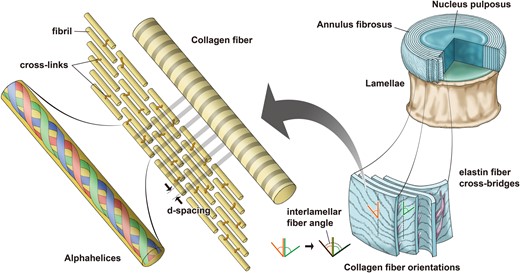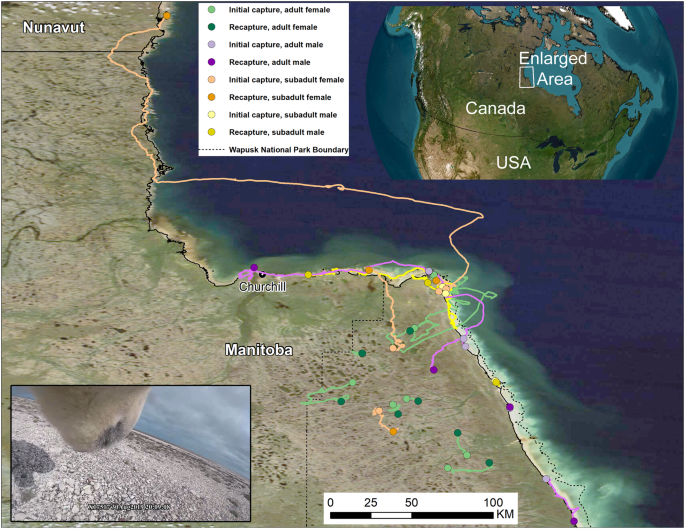2024-02-13 カリフォルニア大学サンディエゴ校(UCSD)
<関連情報>
- https://today.ucsd.edu/story/type-2-diabetes-alters-the-behavior-of-discs-in-the-vertebral-column
- https://academic.oup.com/pnasnexus/article/2/12/pgad363/7342234?utm_source=etoc&utm_campaign=pnasnexus&utm_medium=email
- https://academic.oup.com/pnasnexus/article/2/12/pgad363/7342234
カリフォルニア大学デービス校2型糖尿病(UCD-T2DM)ラットモデルにおいて、2型糖尿病は椎間板圧迫下での環状線維繊維の変形と回転を障害する Type 2 diabetes impairs annulus fibrosus fiber deformation and rotation under disc compression in the University of California Davis type 2 diabetes mellitus (UCD-T2DM) rat model
James L Rosenberg, Eric Schaible, Alan Bostrom, Ann A Lazar, James L Graham, Kimber L Stanhope, Robert O Ritchie, Tamara N Alliston, Jeffrey C Lotz, Peter J Havel …
PNAS Nexus Published:03 November 2023
DOI:https://doi.org/10.1093/pnasnexus/pgad363

Abstract
Understanding the biomechanical behavior of the intervertebral disc is crucial for studying disease mechanisms and developing tissue engineering strategies for managing disc degeneration. We used synchrotron small-angle X-ray scattering to investigate how changes to collagen behavior contribute to alterations in the disc’s ability to resist compression. Coccygeal motion segments from 6-month-old lean Sprague-Dawley rats ( n=7) and diabetic obese University of California Davis type 2 diabetes mellitus (UCD-T2DM) rats ( n=6, diabetic for 68±7 days) were compressed during simultaneous synchrotron scanning to measure collagen strain at the nanoscale (beamline 7.3.3 of the Advanced Light Source). After compression, the annulus fibrosus was assayed for nonenzymatic cross-links. In discs from lean rats, resistance to compression involved two main energy-dissipation mechanisms at the nanoscale: (1) rotation of the two groups of collagen fibrils forming the annulus fibrosus and (2) straightening (uncrimping) and stretching of the collagen fibrils. In discs from diabetic rats, both mechanisms were significantly impaired. Specifically, diabetes reduced fibril rotation by 31% and reduced collagen fibril strain by 30% (compared to lean discs). The stiffening of collagen fibrils in the discs from diabetic rats was consistent with a 31% higher concentration of nonenzymatic cross-links and with evidence of earlier onset plastic deformations such as fibril sliding and fibril–matrix delamination. These findings suggest that fibril reorientation, stretching, and straightening are key deformation mechanisms that facilitate whole-disc compression, and that type 2 diabetes impairs these efficient and low-energy elastic deformation mechanisms, thereby altering whole-disc behavior and inducing the earlier onset of plastic deformation.


